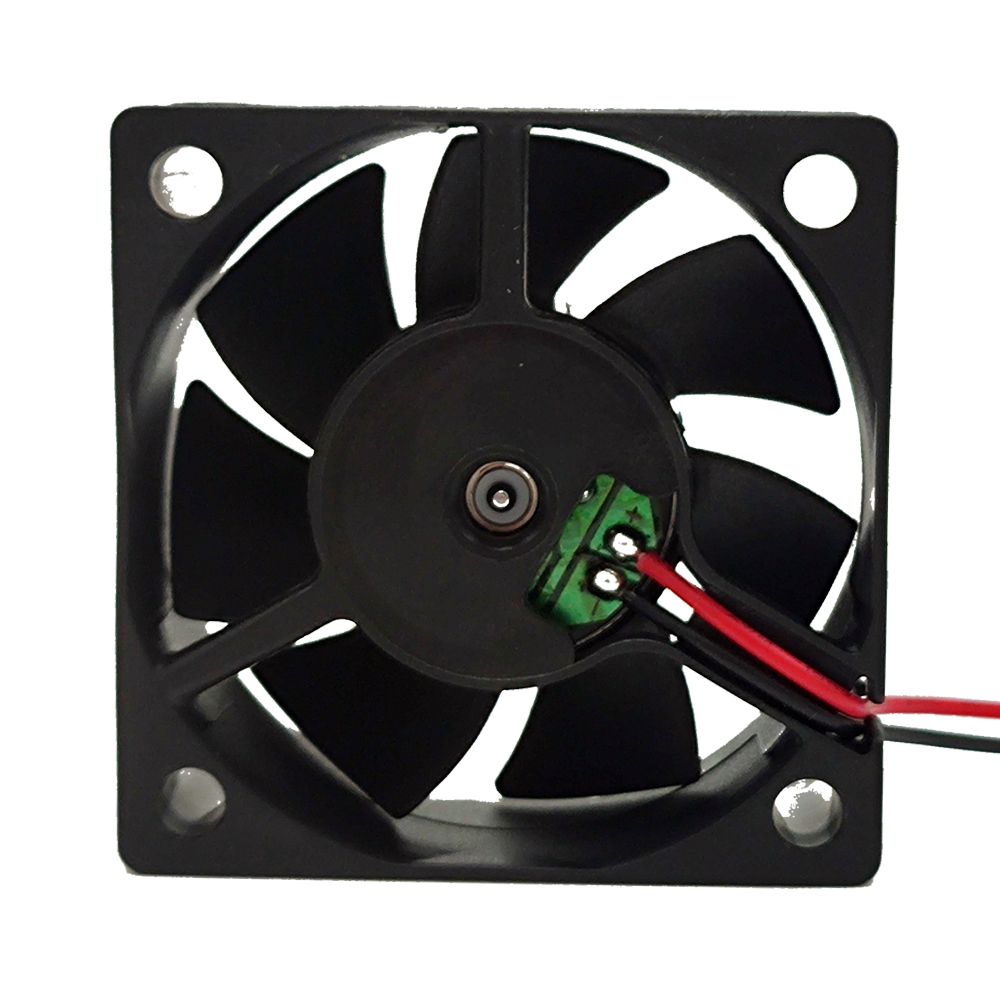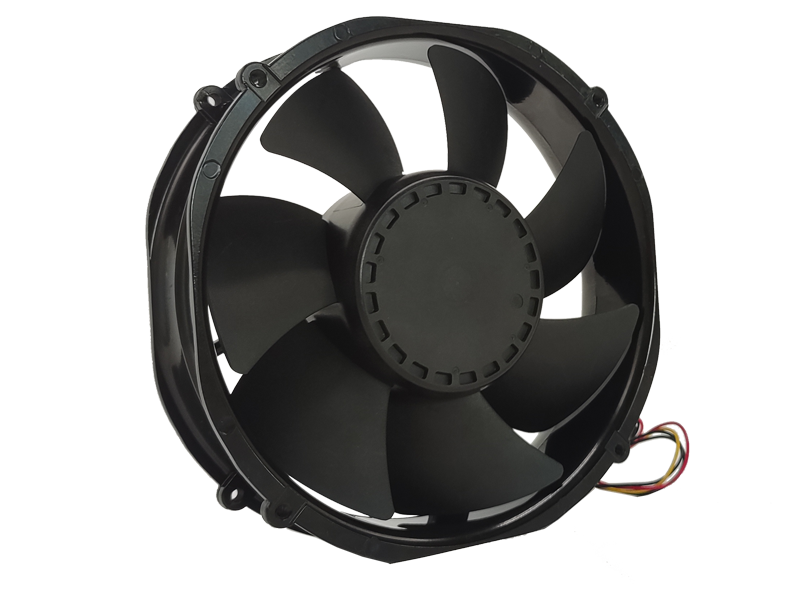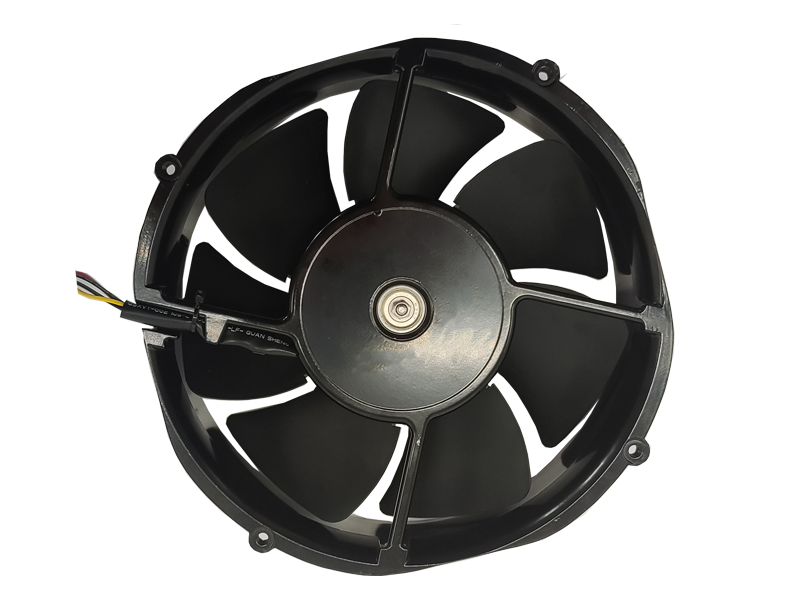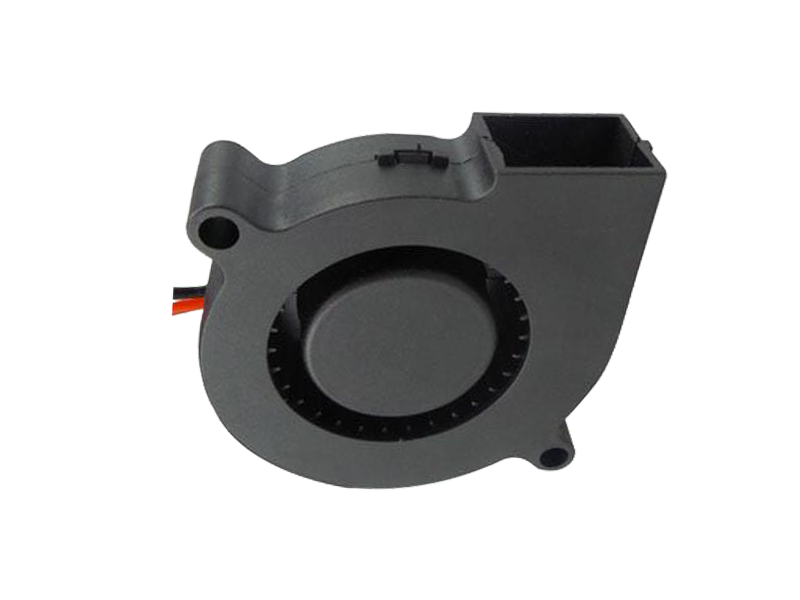Industrial fans are critical components in a variety of manufacturing, processing, and HVAC (heating, ventilation, and air conditioning) systems, offering essential benefits that impact everything from energy efficiency to equipment longevity. Although often taken for granted, these powerful machines are pivotal in controlling temperature, maintaining air quality, and ensuring operational efficiency in environments with complex airflow requirements.
This article will explore industrial fans from a product development perspective, highlighting their importance in industrial systems, the challenges manufacturers face when designing these fans, and the future trends shaping their evolution. By the end of this piece, readers will understand how industrial fans contribute to product performance, operational success, and sustainable design in today's competitive industrial landscape.
1. The Role of Industrial Fans in Product Performance
From a product design standpoint, industrial fans are integral not just for cooling, but for ensuring the smooth operation of a variety of machinery. The primary functions of these fans can be broken down into three categories: temperature regulation, air quality management, and supporting system efficiency.
a. Temperature Regulation and Cooling
The most direct and essential function of industrial fans is cooling. In industrial settings, many systems and machines generate significant amounts of heat. Without proper temperature regulation, these systems could overheat, causing breakdowns, equipment failure, or reduced efficiency. Industrial fans maintain a steady flow of air, dispersing heat and keeping machinery running smoothly. By regulating the temperature within optimal ranges, they prevent overheating, thereby increasing equipment lifespan and reducing the risk of downtime.
For instance, in high-performance applications such as power plants, refineries, or data centers, where machinery operates continuously, proper airflow is crucial for sustaining system performance. Efficient fan design ensures that high heat-producing components such as motors and turbines operate within their safe temperature thresholds. Without these fans, these systems would face substantial operational inefficiencies and possibly catastrophic failure due to overheating.
b. Air Quality Control and Ventilation
In addition to temperature regulation, industrial fans are vital for maintaining air quality. Many industrial settings, especially those involving chemical processing, metalworking, or food production, generate harmful dust, fumes, and volatile gases. These contaminants can present health hazards for workers and impact the overall air quality in a facility.
Industrial fans with built-in filtration systems are designed to mitigate these issues by extracting airborne particulates and gases from the environment. This improves air quality, ensuring a healthier work environment. For example, in environments such as woodworking factories or construction sites, where large volumes of dust are generated, industrial fans equipped with dust collectors or cyclonic separators are essential in preventing the accumulation of harmful particles in the air.
c. Enhancing System Efficiency
Efficient airflow is also essential to ensure optimal system performance. Industrial fans contribute to the overall energy efficiency of systems by maintaining the right temperature and pressure levels for other components to operate optimally. For example, in combustion processes within furnaces or engines, proper airflow supports the mixing of air and fuel, improving combustion efficiency. In air conditioning systems, industrial fans help circulate air through coils and ducts, ensuring that the system works efficiently while reducing energy consumption.
Moreover, in operations involving heat exchangers, refrigeration, or even large ventilation systems, fans are indispensable for providing necessary airflow that allows heat to dissipate effectively, thus maintaining system balance and preventing energy loss.
2. Key Types of Industrial Fans and Their Applications
Not all industrial fans are created equal. Depending on the specific requirements of the application, manufacturers design various types of industrial fans. These fans differ in terms of airflow patterns, pressure characteristics, and motor specifications. Understanding the differences between these types is crucial for selecting the right fan for a particular product or system.
a. Axial Fans
Axial fans are the most common type of industrial fan, particularly in applications where high-volume airflow is required, but the system pressure is relatively low. These fans move air parallel to the axis of the fan and are most commonly used in systems where air needs to be moved over large distances.
Applications: Axial fans are found in a wide range of industries, including HVAC systems, cooling towers, ventilation systems, and even large-scale ventilation in underground mines. They are also used in agriculture and greenhouse ventilation.
Advantages: Axial fans are highly efficient for applications that require large amounts of air to be moved quickly. They can be designed to operate at low pressures, which makes them ideal for cooling systems and large-scale ventilation projects.
b. Centrifugal Fans
Centrifugal fans are different from axial fans in that they pull air into the center of the fan, where it is accelerated through the fan blades and discharged at a right angle. The high-pressure airflow produced by centrifugal fans makes them suitable for applications that require airflow against high resistance, such as ductwork or filtration systems.
Applications: Centrifugal fans are commonly used in industrial ventilation, air cleaning systems, and applications like air conditioning systems, industrial ovens, and dust collection systems. They are also used in large-scale industrial applications like power plants and mining operations where higher pressures are needed to overcome airflow resistance.
Advantages: The high pressure generated by centrifugal fans allows them to perform efficiently in environments where airflow resistance is a challenge. They are also more effective in providing higher static pressures, which is crucial for air movement through ducts or long pipe systems.
c. Mixed-Flow Fans
As the name suggests, mixed-flow fans combine characteristics of both axial and centrifugal fans. These fans are typically used when both high airflow and moderate pressure are required. They are designed to be efficient in medium- to low-pressure applications where space is limited.
Applications: Mixed-flow fans are used in applications that demand both airflow and pressure, such as HVAC systems, air filtration systems, and air handling units.
Advantages: These fans are versatile and can be adapted to a wide range of applications. They offer a balance between airflow capacity and pressure, making them ideal for systems where flexibility is needed.
3. The Challenges of Designing Industrial Fans
Designing industrial fans comes with a range of challenges. These challenges involve both technical and operational considerations to ensure that the final product performs optimally, remains durable, and operates efficiently within its intended environment.
a. Energy Efficiency
One of the most significant challenges in fan design is balancing performance with energy efficiency. Fans that are not optimized can consume large amounts of energy, which increases operational costs and impacts environmental sustainability. Engineers must carefully select motor types, blade designs, and other components to maximize airflow while minimizing energy consumption.
Energy-efficient motors, advanced blade materials, and innovative fan designs are key to achieving higher performance at lower power consumption levels. For example, the introduction of brushless DC motors, which offer higher energy efficiency compared to traditional AC motors, has been a game-changer in fan technology.
b. Noise Control
Industrial fans are often placed in environments where noise is a major concern, such as factories, warehouses, and data centers. High levels of fan noise can create uncomfortable working conditions, decrease employee productivity, and lead to potential hearing damage over time. Engineers face the challenge of designing fans that generate minimal noise without compromising airflow or performance.
Using advanced materials to dampen vibrations, designing blades that reduce noise generation, and optimizing fan operation speeds are just a few ways to mitigate fan noise.
c. Durability and Maintenance
Industrial fans are subject to harsh working conditions, from extreme temperatures to dust, moisture, and corrosive chemicals. To ensure the longevity of industrial fans, they must be made from durable materials that resist wear and tear, corrosion, and other forms of degradation. Regular maintenance is also essential to keep fans running efficiently, but ease of maintenance is equally important to minimize downtime.
Designing fans with easily replaceable components, corrosion-resistant coatings, and advanced sealing technologies can improve their reliability and reduce the need for frequent maintenance.

4. Future Trends in Industrial Fan Design
As industries continue to push for greater energy efficiency, sustainability, and automation, industrial fans are also evolving. Some key trends shaping the future of industrial fan design include:
a. Smart Fan Technology
With the rise of the Internet of Things (IoT), industrial fans are becoming more intelligent. Smart sensors can monitor fan performance in real-time, detecting issues such as airflow imbalances, wear on blades, or motor inefficiency. These sensors can provide alerts when maintenance is required, allowing operators to fix problems before they result in significant downtime or equipment failure.
b. Sustainability and Eco-Friendly Materials
As environmental concerns intensify, manufacturers are focusing on producing more sustainable industrial fans. This includes using eco-friendly materials, optimizing motor designs for energy efficiency, and reducing the carbon footprint of fan manufacturing processes.
c. Integration with Renewable Energy Systems
In industries where fans are essential, such as in ventilation for buildings or greenhouses, integrating renewable energy sources like solar or wind power to run these fans is becoming increasingly common. These systems help reduce dependency on grid electricity and contribute to a greener, more sustainable operation.
Conclusion
Industrial fans are not just functional components; they are essential to product performance, energy efficiency, and overall operational success in a wide range of industries. From maintaining optimal temperatures to ensuring air quality and enhancing system efficiency, industrial fans play a vital role in both the design and operation of industrial products. As the demand for energy-efficient, durable, and eco-friendly solutions continues to rise, the future of industrial fan technology promises exciting advancements that will further elevate their importance in modern industrial applications. By understanding the impact of fan design on product performance, engineers and manufacturers can make better decisions to optimize the systems that rely on these indispensable components.
Recommended Products

The main purpose:Car charging station

The main purpose:Car charging station

The main purpose:Electronic refrigerators, water dispensers, direct drinking machines, inverter power supplies
Address:No. 4137, Longgang Avenue (Henggang Section), Henggang Community, Henggang Street, Longgang District, Shenzhen
hotline:13530005572(Chen)15112579390(Li)


Welcome all friends to come for consultation and negotiation.
Copyright 2024 @ Shenzhen Youneng Xinyuan Electronics Co., Ltd.,(industrial fans,industrial blowers,axial fans,cooling fans manufacturer,centrifugal fans,ac cooling fans,dc cooling fans)